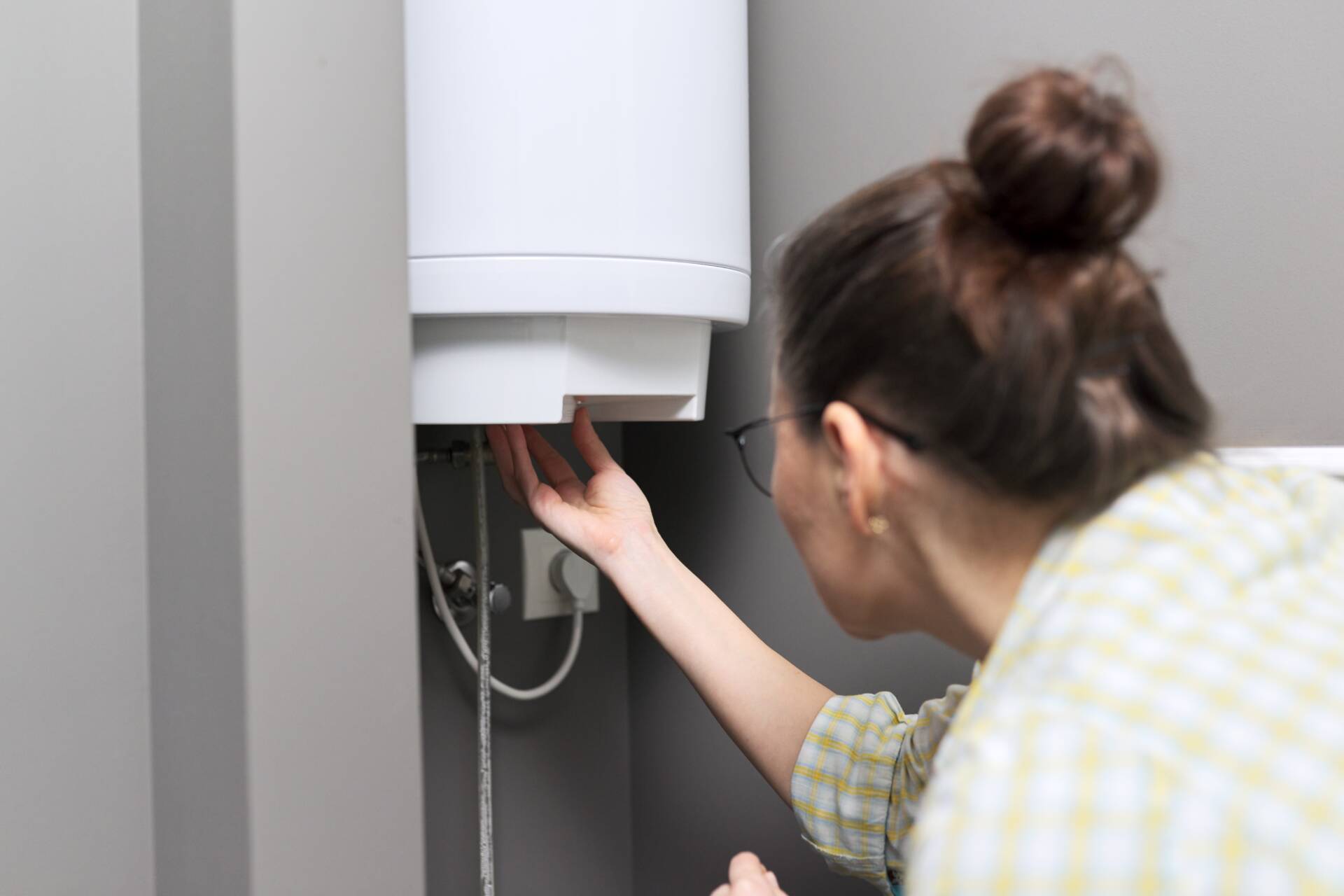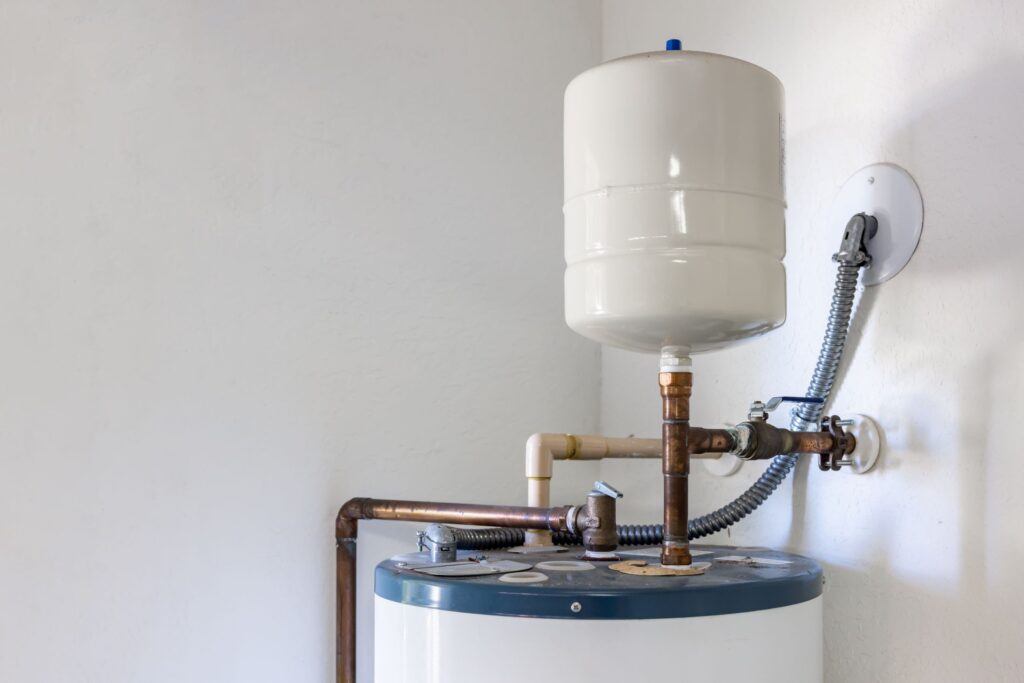On this page down the page you will discover a bunch of great data when it comes to How to Maintain Your Water Heater & Prolong its Life.

Warm water is crucial for everyday comfort, whether it's for a revitalizing shower or washing dishes. To guarantee your warm water system runs effectively and lasts longer, regular upkeep is essential. This article gives functional tips and understandings on just how to preserve your home's hot water system to stay clear of interruptions and costly repairs.
Intro
Preserving your home's hot water system might appear complicated, however with a few straightforward steps, you can ensure it runs smoothly for years ahead. This overview covers everything from understanding your warm water system to DIY maintenance suggestions and knowing when to call expert help.
Importance of Keeping Your Hot Water System
Normal upkeep not only expands the life expectancy of your hot water system however also guarantees it operates efficiently. Ignoring maintenance can bring about reduced efficiency, greater energy costs, and even early failure of the system.
Indicators Your Hot Water System Demands Maintenance
Recognizing when your hot water system requires interest can prevent significant issues. Watch out for signs such as irregular water temperature, odd noises from the heating unit, or rusty water.
Comprehending Your Hot Water System
Before diving right into maintenance jobs, it's useful to recognize the basic parts of your hot water system. Normally, this includes the water heater itself, pipelines, anode rods, and temperature level controls.
Month-to-month Maintenance Tasks
Regular monthly checks can aid capture minor issues prior to they intensify.
Flushing the Water Heater
Purging your water heater removes debris build-up, enhancing efficiency and lengthening its life.
Checking and Changing Anode Rods
Anode rods stop corrosion inside the container. Examining and replacing them when broken is important.
Evaluating and Adjusting Temperature Setups
Readjusting the temperature settings makes sure optimum efficiency and safety.
DIY Tips for Upkeep
You can execute several maintenance tasks on your own to maintain your warm water system in top condition.
Checking for Leakages
Consistently inspect pipes and connections for leakages, as these can cause water damages and greater bills.
Evaluating Stress Relief Valves
Testing the pressure relief valve ensures it works appropriately and protects against excessive pressure buildup.
Protecting Pipes
Protecting warm water pipelines minimizes warmth loss and can conserve power.
When to Call a Specialist
While do it yourself upkeep is beneficial, some issues require professional knowledge.
Complicated Problems Needing Expert Assistance
Examples include major leaks, electric troubles, or if your hot water heater is constantly underperforming.
Regular Expert Upkeep Conveniences
Specialist upkeep can consist of extensive assessments, tune-ups, and making sure compliance with safety standards.
Conclusion
Regular upkeep of your home's warm water system is necessary for efficiency, longevity, and expense financial savings. By following these suggestions and understanding when to look for specialist help, you can guarantee a dependable supply of hot water without unanticipated interruptions.
How to Maintain an Instant Hot Water Heater
Before tinkering with your hot water heater, make sure that it’s not powered on. You also have to turn off the main circuit breaker and shut off the main gas line to prevent accidents. Also turn off the water valves connected to your unit to prevent water from flowing into and out of the appliance. 2. When you’re done, you have to detach the purge valves’ caps. These look like the letter “T†and are situated on either side of the water valves. Doing so will release any pressure that has accumulated inside the valves while at the same time avoid hot water from shooting out and burning your skin. 3. When the purge valves’ caps are removed, you have to connect your hosing lines to the valves. Your unit should have come with three hoses but if it didn’t, you can purchase these things from any hardware or home repair shops. You can also get them from retail stores that sell water heating systems. Read the user’s manual and follow it to complete this task properly. When the hosing lines are connected, open the purge port’s valves. 4. You should never use harsh chemical cleaners or solutions when cleaning your unit. Make use of white vinegar instead. It should be undiluted and you’ll probably use about 2 gallons. 5. Now flush your water heater. This task should probably take about 40 minutes. We can’t give you specific directions for this because the procedure is carried out depending on the type, model and brand of your heater. With that being said, refer to the user’s manual. 6. When you’re done draining the unit, you have to turn off the purge port valves again. Remove the hosing lines that you earlier installed on each of the water valves. Put the valve caps (purge port) back in their respective places and be very careful so as not to damage the rubber discs that are found inside these caps. 7. Now that everything’s back in place, check your user’s manual again to find out how to reactivate your water heating system. 8. Once it is working, turn one of your hot water faucets on just to let air pass through the heater’s water supply pipes. Leave the tap on until water flows smoothly out of it. https://www.orrplumbing.com/blog/2014/september/how-to-maintain-an-instant-hot-water-heater/

We hope you liked our topic on How to Maintain a Hot Water Heater in a Few Simple Steps. Thanks a ton for taking the time to read our article post. Be sure to pause to promote this blog post if you appreciated it. We value your readership.
Information